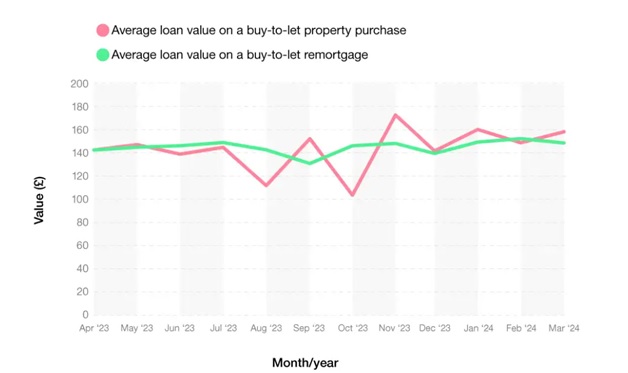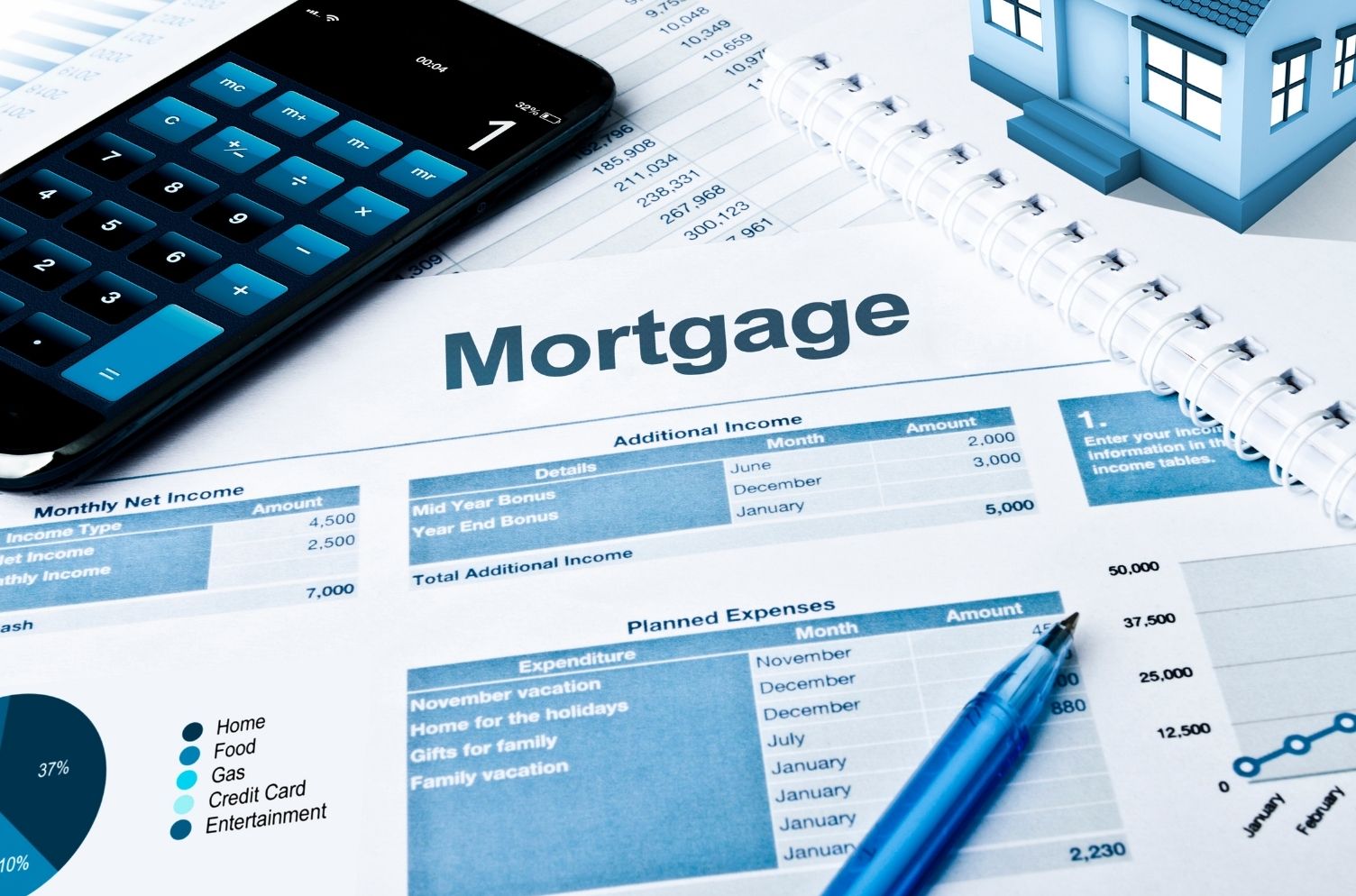Ultimate Guide To 100% Buy-To-Let Mortgages

Among the many mortgage options available, 100% buy-to-let mortgages stand out as a great idea, offering the potential for maximum leverage with minimal upfront capital. But how can you navigate the complexities of securing a 100% buy-to-let mortgage with its many advantages?
Our guide will help you learn every aspect of this type of mortgage and help you make an informed decision.
Understanding 100% Buy To Let Mortgages
Exploring 100% buy to let mortgages opens a door for investors wanting full financing on property purchases. These mortgages deliver the chance to buy rental properties without the typical upfront deposit.
What is a 100% mortgage?
A 100% mortgage allows someone to borrow the entire purchase price of a property. This means buyers can secure a home without having to save for a traditional deposit. Typically referred to as 100% LTV (Loan to Value) mortgages, these financial products are particularly appealing for those looking to invest in the buy-to-let market without immediate cash on hand.
Lenders offering 100 percent buy to let mortgages assess borrowers more rigorously due to the higher risk involved. Borrowers must prove they have strong rental income prospects or additional security beyond just the property's value.
These types of loans make up an essential part of strategies for growing a real estate portfolio quickly, especially within competitive markets like the UK.
How do they work?
100% buy-to-let mortgages provide a way for investors to purchase rental properties without putting down a traditional deposit. Lenders offer the full value of the property, meaning borrowers do not need upfront cash.
Instead, lenders assess the potential rental income from the property and the investor's financial stability to ensure monthly repayments covering both capital and interest can be met.
This type of financing often involves higher interest only mortgage rates due to increased risk for lenders.
Guarantor mortgages are an important feature within 100% mortgages. In this setup, a family member guarantees the mortgage repayments using their own property or savings as security.

Source: Uswitch, [average value of BTL by loan type]
Similarly, family deposit mortgages allow family members' savings to offset mortgage costs, with their savings returned after a certain period. These methods can significantly reduce financial strain on investors while securing lenders against default.
What are the risks and costs associated with 100% mortgages?
Opting for a 100% buy to let mortgage means facing higher interest rates and several additional fees. Lenders often charge arrangement, booking, and valuation fees that add up quickly.
These costs can make the total expense of the loan significantly higher than expected.
Another major risk is falling into negative equity where your property's value drops below the loan amount. This situation makes it hard to refinance or sell without a loss. Guarantors also bear financial risks since they're responsible if the borrower defaults.
Exploring these factors is crucial before making a decision.
Alternatives to 100% Buy To Let Mortgages
Exploring different paths can lead you to the best buy to let mortgage without needing a full 100% loan.
Homeownership schemes
Homeownership schemes offer a viable path for individuals aiming to purchase property without the steep barrier of a traditional deposit. These programs, including shared ownership, rent to buy, and right to buy in the UK, help reduce the initial financial burden on buyers.
Participants can secure a home with a smaller upfront payment than what is usually required, making it easier for many to step onto the property ladder.
Shared ownership allows buyers to purchase a portion of a property and pay rent on the remaining share. Rent-to-buy schemes give renters an option to buy their home after renting for a specified period, often at a favorable price.
Right-to-buy enables tenants of council houses to buy their homes at discounted rates. Through these methods, achieving homeownership becomes more accessible for those who might find traditional routes challenging due to the high deposit demands associated with 100% mortgage buy-to-let deals.
Do you rent and are interested in buying a home?
Shared ownership mortgages
Shared ownership mortgages offer a unique approach for those looking to invest in the buy-to-let market without the heavy burden of a large deposit. In this scheme, you purchase a portion of the property and pay rent on the remaining share.
This method significantly reduces the amount needed upfront, making it easier to step into property investment.
Investors find shared ownership attractive as it opens up opportunities in desirable locations that might otherwise be out of reach financially. With a 100% mortgage buy to let becoming harder to secure, shared ownership becomes an appealing alternative, offering flexibility and reduced initial costs.
Whether in bustling city centers or sought-after residential areas, shared ownership can be your gateway to lucrative rental markets across the UK.
Rent to buy schemes
Rent-to-buy schemes offer a unique opportunity for aspiring homeowners to move into their dream homes immediately as renters while working towards owning the property. This plan significantly reduces the initial deposit requirement, making it easier for individuals who might not have large sums of money saved up.
Through this program, a portion of the rent paid each month goes towards building equity in the home, setting a solid foundation for future ownership.
In the context of a 100-buy-to-let mortgage UK market, such schemes can be particularly appealing. They provide an alternative route to property investment without needing upfront capital equal to 20-25% of the property’s value, which is typically required.
This approach benefits both investors looking to expand their portfolios with fewer initial costs and tenants aiming for homeownership. Renters get accustomed to the property they will eventually own, while investors secure long-term tenants committed to maintaining the home's condition over time.
Help to buy mortgage and right-to-buy schemes
Moving from deposit unlock schemes to other forms of assistance,help to buy mortgage and right-to-buy schemes offer significant opportunities for buyers. These programs support individuals in acquiring their homes through government-backed initiatives.
The Help to Buy scheme assists first-time homebuyers with an equity loan that covers a portion of the property's cost, requiring a smaller deposit and mortgage.
Right-to-buy allows most council tenants to purchase their current home at a discounted price, reducing the need for a large deposit. Both strategies enhance accessibility to property ownership by providing larger deposits indirectly through loans or discounts.
This makes entering the buy-to-let market more achievable for those previously unable to amass substantial savings.
Guarantor mortgages
Guarantor mortgages offer a solution for those seeking to secure a buy to let mortgage at 100 LTV without the upfront deposit. In this arrangement, a family member or close associate guarantees the loan repayments, using their own property or savings as collateral.
This guarantee lowers the risk for lenders, allowing them to lend the full value of the property purchase price.
The responsibility falls on guarantors if borrowers fail to make their mortgage payments. Guarantors should understand that they are putting their assets at financial risk by backing the borrower.
Before agreeing, they need to consider their ability to cover any potential missed monthly mortgage payment, ensuring both parties fully grasp what is at stake with these types of mortgages.
Family deposit mortgages
Family deposit mortgages offer an innovative way for buyers to secure a 100% buy-to-let mortgage with the help of their family members. In family offset mortgages, family savings act as security against the loan and can offset mortgage repayments.
This means that if the buyer struggles with payments, the lender can use these savings to cover costs. The attractive part is that these savings are returned to the family after a specified period, assuming all goes well with the mortgage repayment plan.
This approach does carry potential financial risks for family members involved since their savings are on the line. It's crucial for families considering this option to fully understand these implications and have a clear agreement in place before proceeding.
How to Choose the Right Buy To Let Mortgage
Finding the perfect buy-to-let mortgage means looking closely at your finances and comparing a wide array of deals. Explore more to find the best fit for your investment goals.
Considering your income
Your income plays a critical role in securing a 100% buy to let mortgage. Lenders will closely examine your earnings to ensure you can cover mortgage payments, especially since these loans come with higher risks and costs.
They often require proof of stable income, such as Skipton's need for 12 months of on-time rent payments before considering approval.
Mortgage providers also look at your overall financial health beyond just your monthly take-home pay. They consider other debts, expenses, and the potential rental income from the property you're intending to buy.
It's essential to have a clear understanding of your financial situation before applying for any mortgage deal.
Our expert team can help you in checking your financial health and calculate how much you can borrow.
Evaluating your options
Evaluating your options involves a careful look at what's available based on your financial situation and investment goals. A mortgage broker can be invaluable here, offering insights into the best buy to let mortgage options tailored to your specifics.
They consider factors like loan rates, terms, and potential rental income from the property.
Next, think about alternative schemes or deposit options that could work better for your circumstances. These alternatives include rent-to-buy schemes or a family deposit mortgage which may offer more flexibility or lower upfront costs than traditional 100% buy to let mortgages.
Exploring these avenues thoroughly ensures you make an informed decision before committing to any mortgage deal. Now, comparing mortgage deals becomes the next critical step in securing the right buy to let mortgage for you.
Comparing mortgage deals
After evaluating your options, the next crucial step is to compare mortgage deals to find the one that best fits your needs.
This table summarizes how to compare different buy-to-let mortgage deals. You should consider the interest rate, whether it's fixed or variable, and the loan-to-value ratio. Don't overlook the terms and any associated fees, as these can significantly impact the overall cost of the mortgage.
Conclusion
Exploring the world of 100 LTV mortgage offers both opportunities and risks. Knowing all your options, including alternatives, can help you make an informed decision. It’s wise to consult with a mortgage lender who understands your needs and the market's intricacies.
This guide arms you with essential knowledge on no-deposit mortgage, helping you navigate your journey toward property investment more confidently. Keep in mind, that choosing the right track record mortgage involves weighing costs against benefits to find what works best for you.
FAQs
1. What is a 100% buy-to-let mortgage?
A 100% buy-to-let mortgage lets you borrow the full purchase property prices without needing a down payment.
2. Can anyone get a 100% buy-to-let mortgage?
No, getting a 100% buy-to-let mortgage often requires having an existing property as security or meeting specific lender criteria.
3. Are interest rates higher for 100% buy-to-let mortgages?
Yes, interest rates are usually higher for 100% buy-to-let mortgages compared to those with down payments.
4. What risks come with taking out a 100% buy-to-let mortgage?
The main risk is potentially losing your property if you fail to make the mortgage payments on time.
5. How do I apply for a 100% buy-to-let mortgage?
You can apply by contacting an experienced mortgage broker who offer these types of mortgages and providing them with the necessary financial information and documents about your income and credit history.
Related Posts
Ask the Expert
Mortgage Brokers


_7779.jpg)

